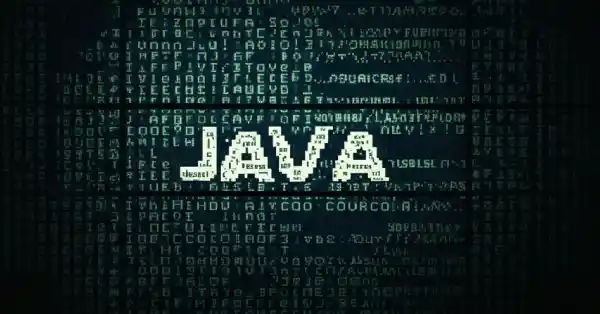Key Mistakes to Avoid in a Java Full Stack Course
Java remains a top choice for those pursuing a career in software development. With businesses going digital and the need for versatile developers increasing, learning both frontend and backend technologies is a smart move. However, many learners struggle to get the most out of their training due to avoidable mistakes.
In our previous blog, we discussed the major benefits of pursuing a full stack development course using Java—highlighting how mastering both frontend and backend technologies can accelerate your growth in the tech industry. Building on that insight, this post focuses on the most common mistakes learners make during their Java full stack training and how to avoid them for a smoother, more effective learning experience.
Common Learning Mistakes in a Java Full Stack Course
If you're planning to enroll or are currently enrolled in a Java course, here are the top mistakes you should avoid to ensure a smooth and successful learning journey.
-
Skipping the Basics of Java
Many learners jump straight into advanced concepts like Spring Boot, REST APIs, or React without mastering Java fundamentals. Strong knowledge of core Java, including OOP principles, collections, and exception handling, is essential before moving to the full stack.
-
Not Practicing Hands-On Projects
One of the biggest mistakes is relying too much on theory. Full stack development is a practical skill. You must apply what you learn by building real-time projects—whether it’s a to-do app, a blog system, or an e-commerce site. Without hands-on coding, it’s difficult to gain confidence.
-
Ignoring Frontend Technologies
Java developers often focus heavily on backend skills and ignore the frontend. However, a full stack developer should be comfortable with HTML, CSS, JavaScript, and frameworks like Angular or React. Ignoring frontend learning creates a major skill gap and limits job opportunities.
-
Poor Time Management and Inconsistency
The Java full stack course involves learning multiple technologies. Without a consistent study schedule and regular practice, it’s easy to fall behind. Time management is key to balancing concepts across the entire development stack.
-
Ignoring Version Control Systems
Learning tools like Git and GitHub are essential in the real-world development process. Unfortunately, many beginners overlook version control systems, which are widely used in collaborative environments and software companies.
-
Not Preparing for Interviews from the Start
Many students wait until the course is over to begin interview prep. In reality, preparing for interviews—DSA (Data Structures & Algorithms), Java-based coding questions, and system design—should start from Day 1. This helps improve retention and eases last-minute stress.
-
Not Choosing the Right Learning Environment
Selecting the right learning platform is essential. Look for software training institutes that offer mentorship, project-based learning, and updated course content. A quality learning environment significantly enhances your skill development.
Conclusion
Joining a Java course is a wise move in today’s technology-driven era. But like many technical courses, success depends on the effort you put in, the guidance you receive, and the mistakes you avoid along the way.
Ready to begin your full stack journey with the right support and training? Contact today to get started with expert-led sessions and hands-on experience designed to launch your development career.






